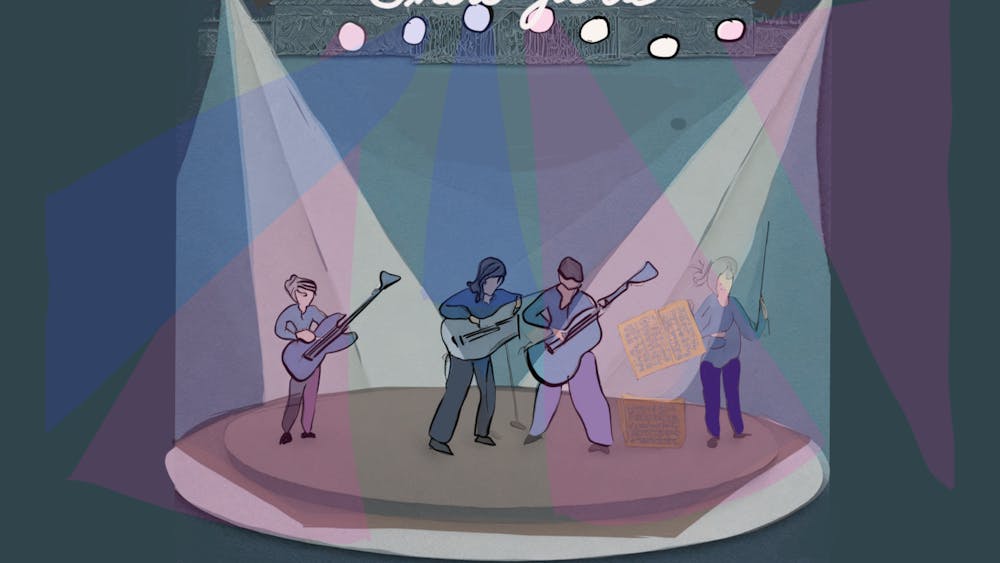As concerns about the declining state of the environment continue to circulate, high-end fashion brands are capitalizing on this fear by pushing their expensive clothing onto shoppers with guilty consciences. Often, sustainability comes with a high price tag — one that is too high to be a realistic option for lower income consumers.
Companies such as Madewell pride themselves on being eco-conscious but charge around $80 for a simple sweater. This is just not an attainable price point for the average buyer. Not only this, but most people are not even willing to pay higher prices for sustainable clothing.
Unfortunately, fast fashion is one of the most affordable and accessible options for people that cannot or will not spend extra for quality, sustainable pieces.
Shopping in thrift stores may seem like the holy-grail solution to this problem, especially since they have recently become popularized. Not only are the prices lower, but the products are being saved from the landfill.
The downside is higher-income individuals who could usually afford more expensive clothes are now buying out the nicer items from these places. Websites such as Depop have raised the prices of thrifted goods for the sake of curated convenience. People who have no choice but to shop in thrift stores are left with limited options.
Another rebuttal used by the fashion industry is the idea of purchasing quality rather than quantity. Instead of buying multiple trendy items, a more classic “investment piece” can be bought that will last longer and not go out of style.
This may be feasible for some, but dropping big bucks on a simple piece of clothing is still unfathomable for those who would normally pay a fraction of the cost for a similar item elsewhere.
Being able to shop at certain high-end places that are less taxing on resources is a privilege not everyone has. It works for some, but isolates others who feel guilty they can’t buy as sustainably.
None of this is to say shopping environmentally is impossible, but rather it is much easier said than done. However, there are still steps that can be taken to reduce one’s carbon footprint:
Be more thoughtful when buying clothes
There is a difference between reckless consumers who mindlessly contribute to clothing waste, and those who try to be more intentional with their purchases — even if they are fast fashion pieces.
Buy the classics
If the piece will be out of style in a year, it is best to put it back on the rack. It may seem like a worthwhile purchase now, but will likely soon end up in a landfill or in a thrift store.
Choose versatility
If an item can only be worn on special occasions, it is likely not worth the money and won’t be kept for long. Instead of buying clothes that will collect dust in your closet, buying basics or layering pieces is a much more practical choice.
Promote ethical fashion practices to friends and family
It’s worthwhile to create conversation and get involved in activities that promote ethical fashion, since policies regarding this topic are influential to consumers. Because of this, companies will take notice when their customers have a grievance and are more likely to consider change.
Fast fashion is not the only enemy to the environment. Excessive shopping habits are contributing to fashion waste, even if these pieces were made ethically. No matter where you shop, there is always a way to be more sustainable.






